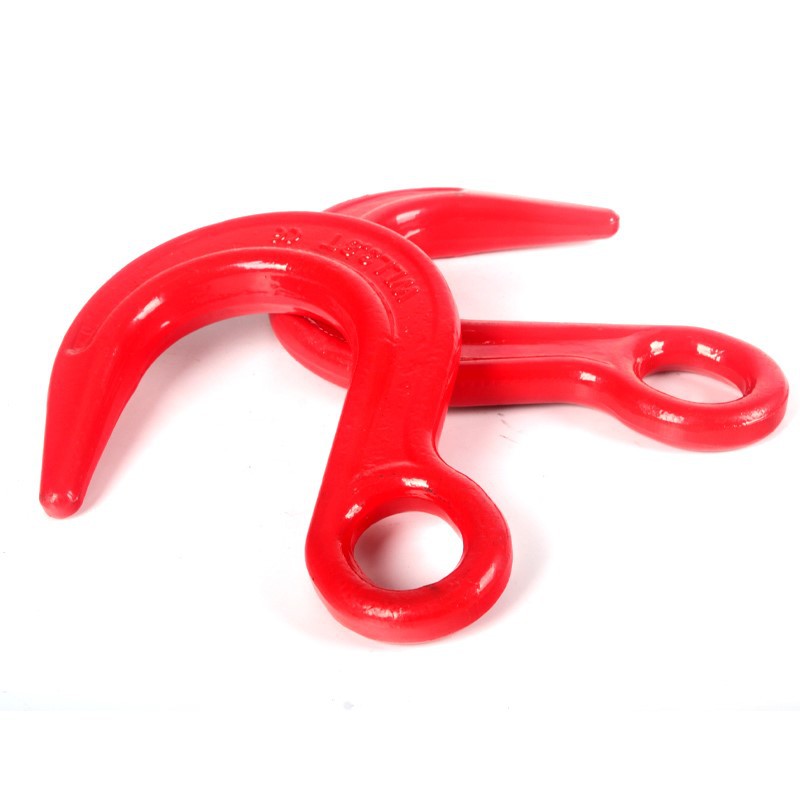News
Сен . 29, 2024 03:58 Back to list
Wire Rope Clips for Secure Fastening of Cables and Ropes in Various Applications
Understanding Wire Rope Clips Essential Components for Secure Rigging
When it comes to rigging and securing loads, wire rope clips play a vital role in ensuring safety and stability. These small yet essential components are widely used in various applications, from construction sites to marine industries. In this article, we will explore the significance of wire rope clips, their types, and best practices for effective use.
What is a Wire Rope Clip?
A wire rope clip, sometimes referred to as a wire rope clamp or a cable clamp, is a device used to secure the ends of wire ropes or to create loops in the wire for lifting and rigging purposes. They are typically made of steel, providing the strength needed to withstand heavy loads and harsh environments. Wire rope clips are essential for creating strong, reliable connections that can prevent accidents and ensure the safety of both workers and equipment.
Types of Wire Rope Clips
There are several types of wire rope clips available on the market, each designed for specific applications. The most common types include
1. U-Bolt Clips The most widely used type, consisting of a U-shaped bolt that fits over the wire rope, with a saddle and nuts to secure the rope in place. They are simple to install and provide a reliable hold.
2. Double Loop Clips These clips are used for heavier loads and are designed to secure two loops of wire rope. They provide added strength and are often used in scenarios where extra security is needed.
3. Swage Clips These are permanent connections formed by pressing the clip onto the wire rope. Swage clips are ideal for situations where a permanent termination is required.
4. Crosby Clips Known for their quality and reliability, Crosby clips have a specific design that allows for greater load capacities and durability. They are often used in professional settings where safety is paramount.
wire rope clip for product

Best Practices for Using Wire Rope Clips
To ensure the effectiveness of wire rope clips, it’s essential to follow certain best practices
1. Proper Installation Always install the clip with the saddle on the live end of the rope. The U-bolt should be placed on the dead end. This helps to distribute the load evenly and reduces the risk of pinching the rope.
2. Correct Sizing Choose the right size of wire rope clip for your specific application. Using a clip that is too small can lead to failure, while an oversized clip may not provide the necessary grip.
3. Use Multiple Clips For larger wire ropes, it's advisable to use multiple clips to secure the connection firmly. The general rule is to use at least three clips for a single connection, spaced evenly along the wire.
4. Regular Inspections Regularly inspect wire rope clips for signs of wear, corrosion, or damage. Replace any worn or damaged clips to ensure safety and reliability.
5. Adhere to Standards Always follow industry standards and guidelines when using wire rope clips. This ensures compliance with safety regulations and promotes overall safety in the workplace.
Conclusion
Wire rope clips are indispensable tools in the rigging and lifting industry. Their ability to secure wire ropes effectively has made them a standard in various applications. By understanding the different types of wire rope clips, proper installation techniques, and best practices, users can ensure safety and reliability in their operations. Whether you’re working on a construction site, handling marine operations, or managing industrial settings, investing in quality wire rope clips is paramount for successful rigging.
